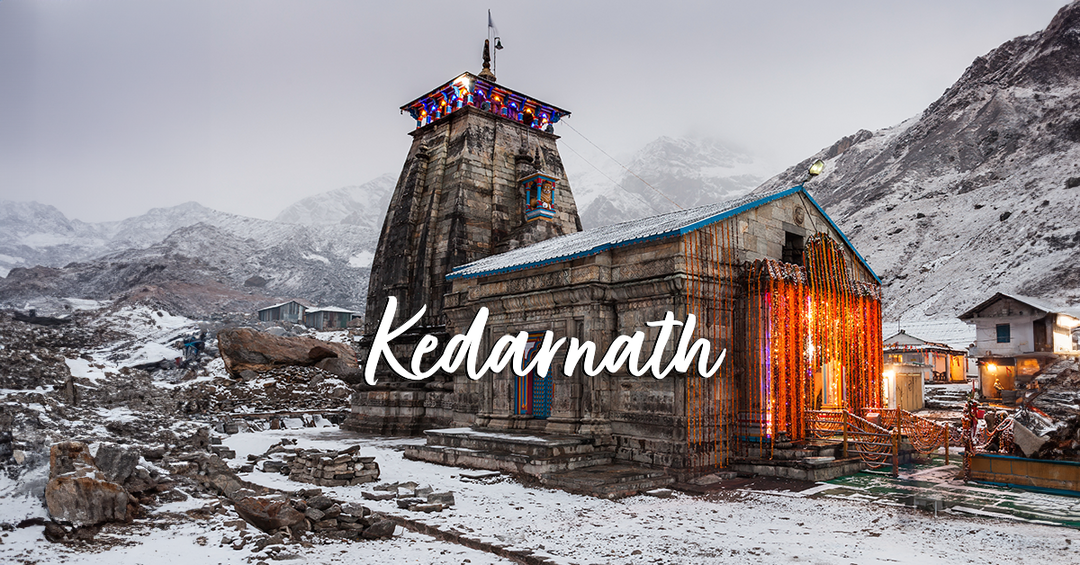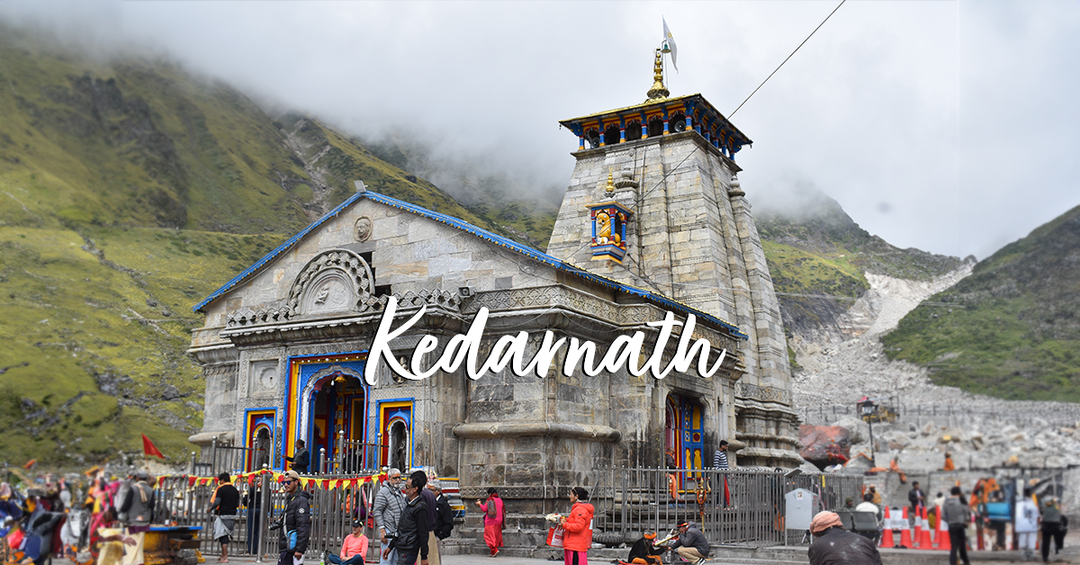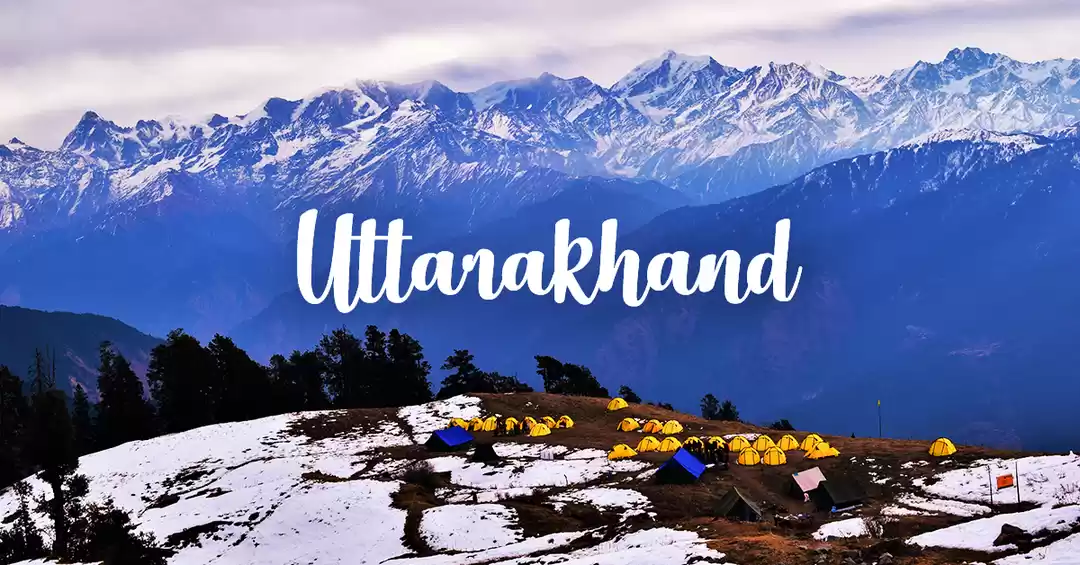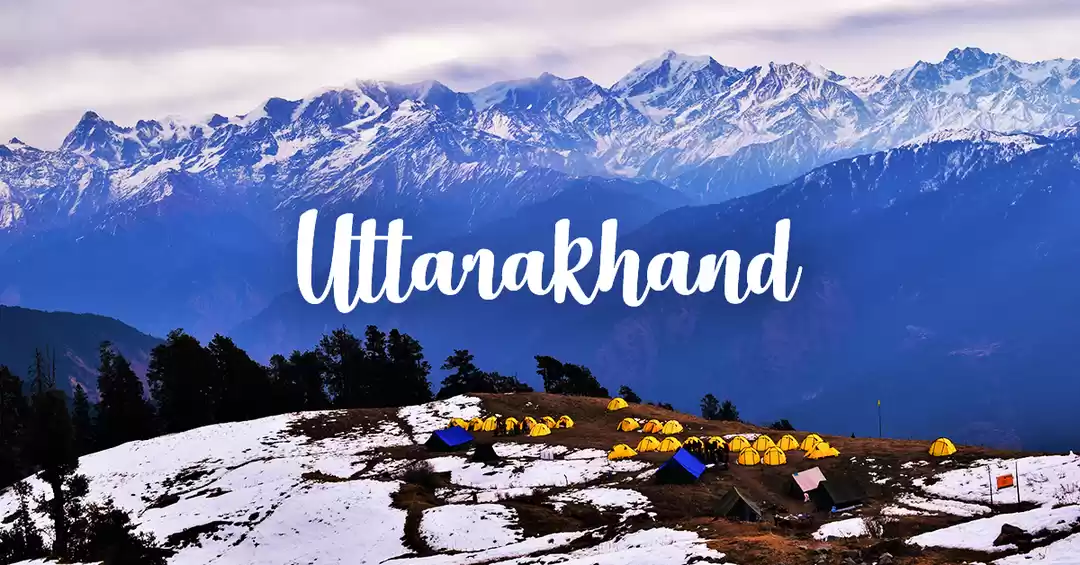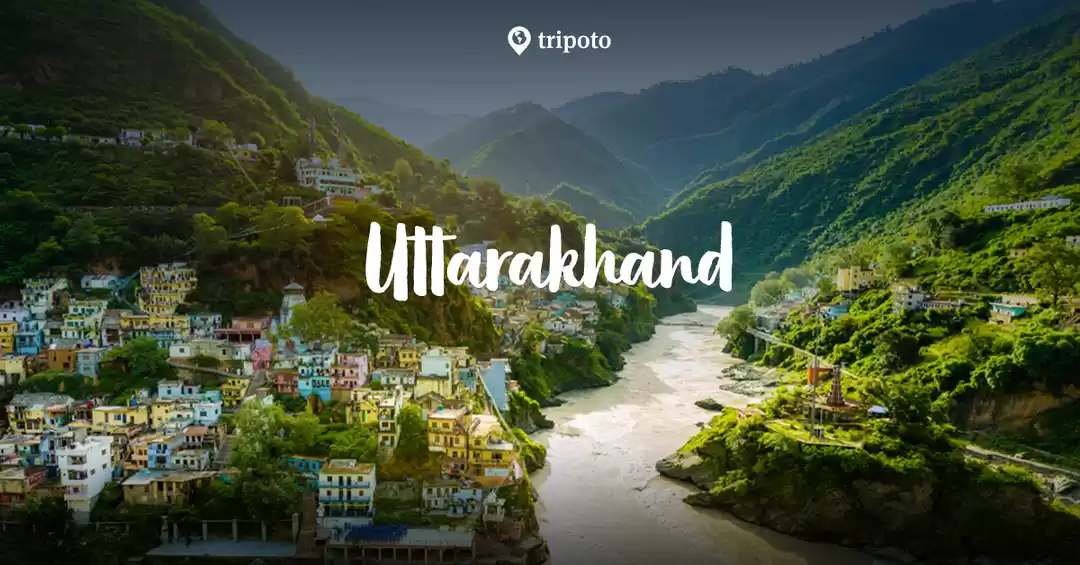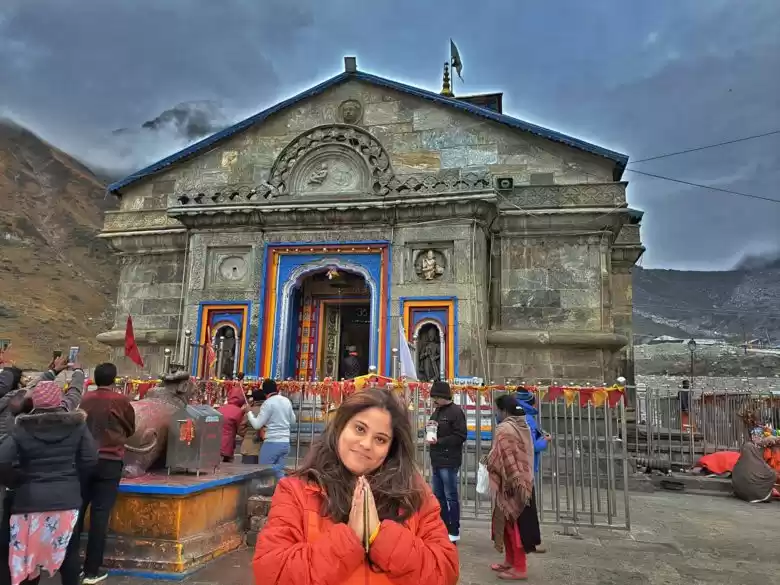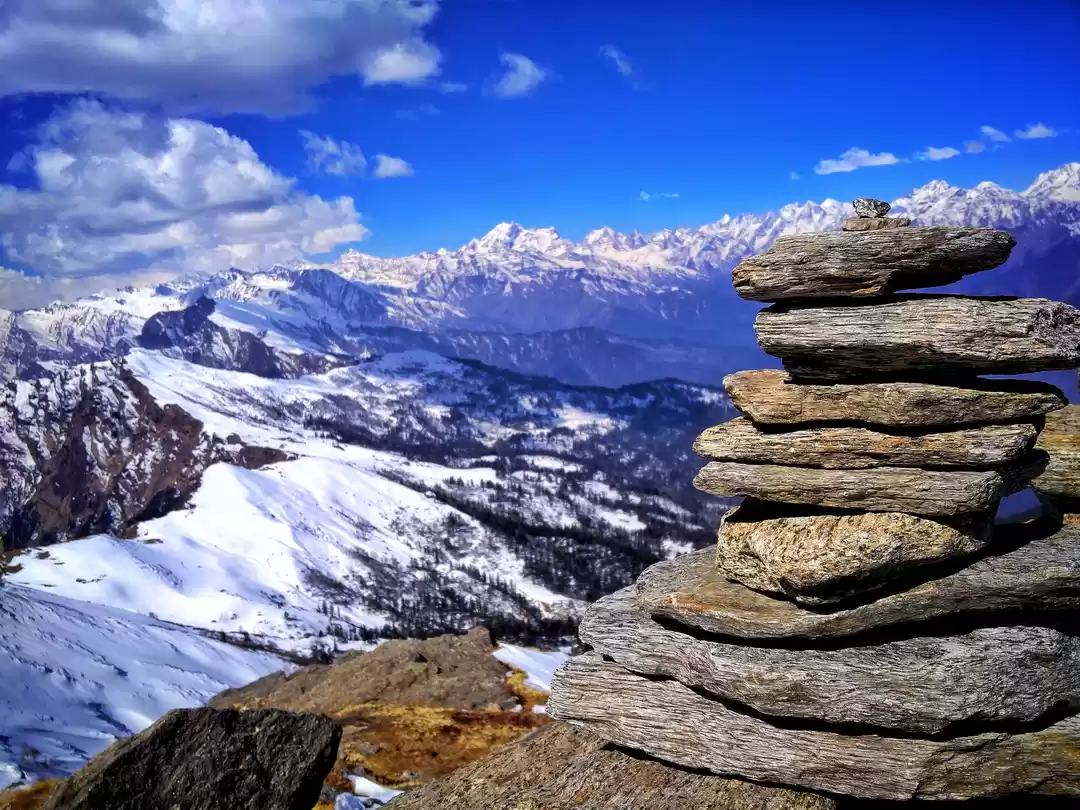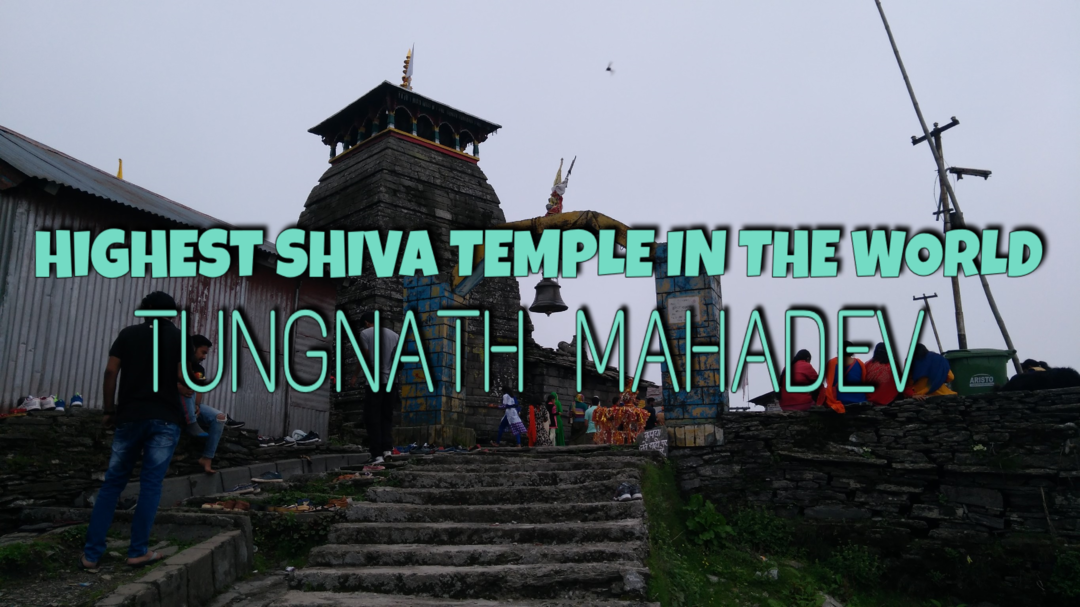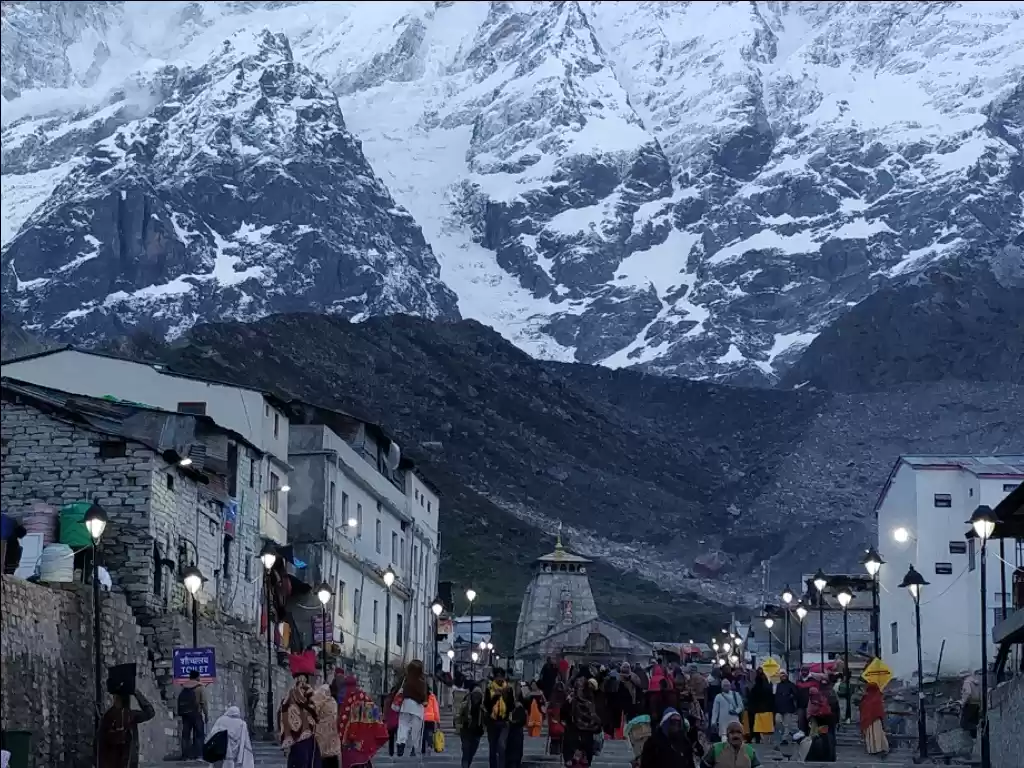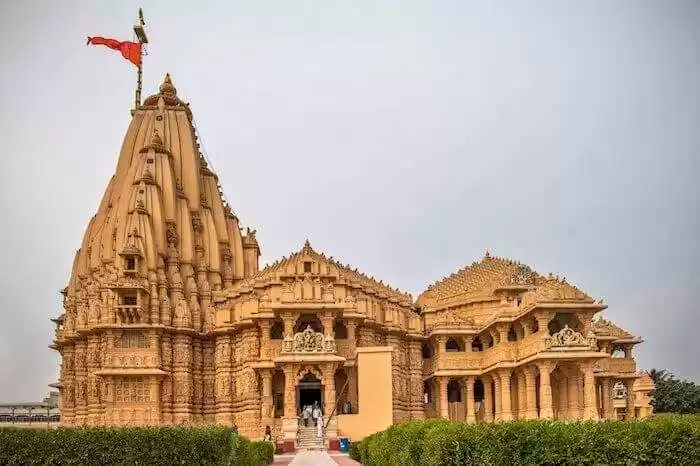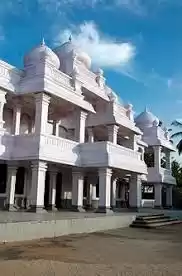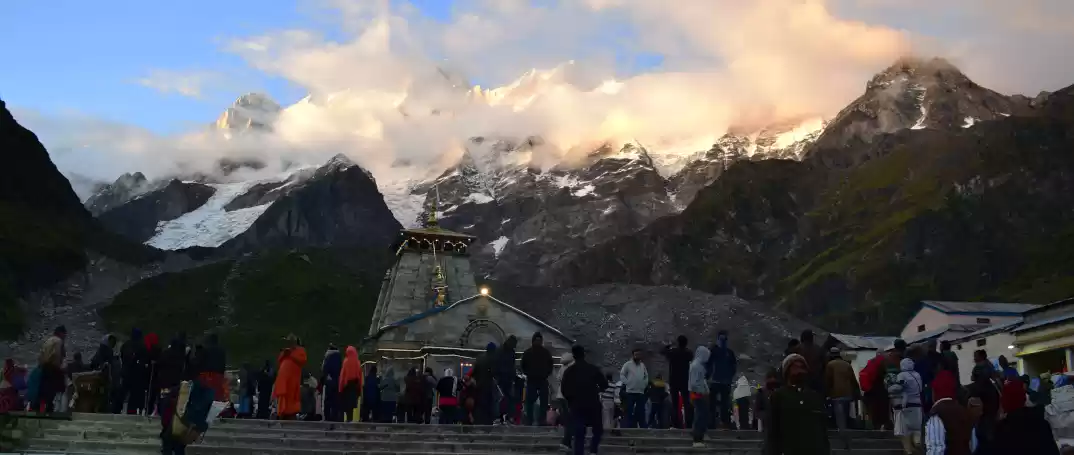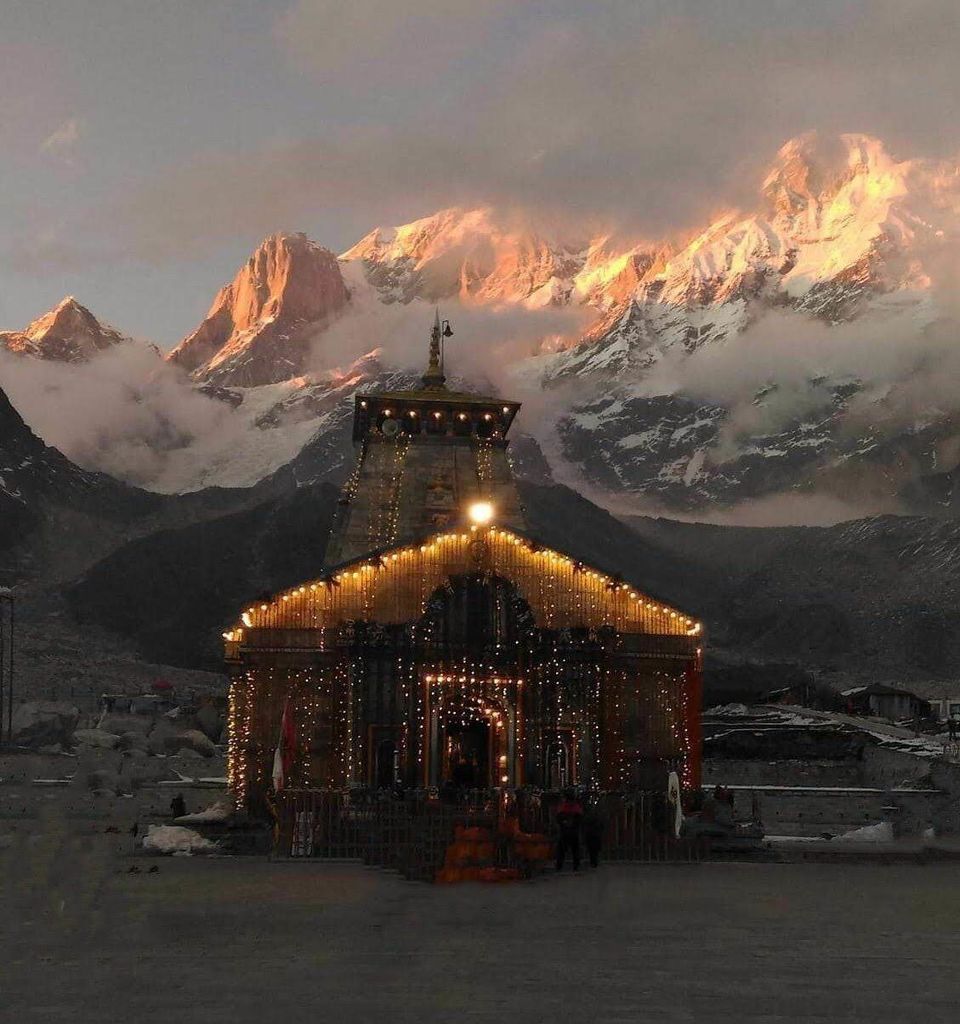

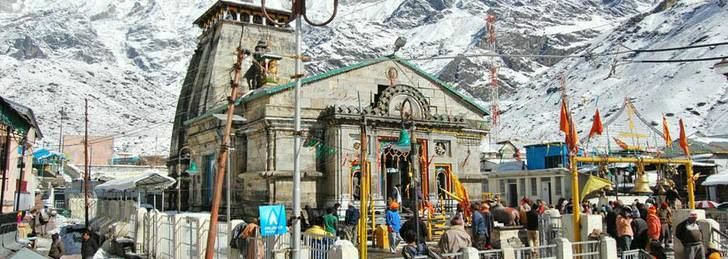
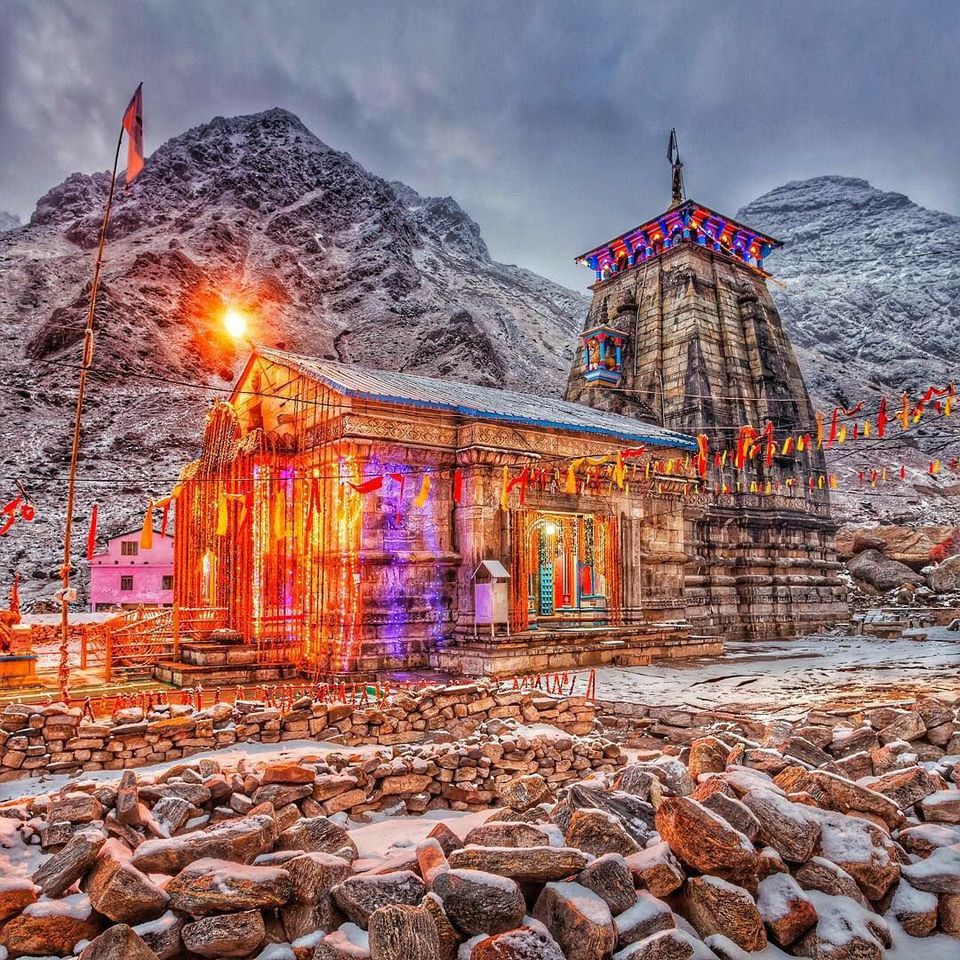
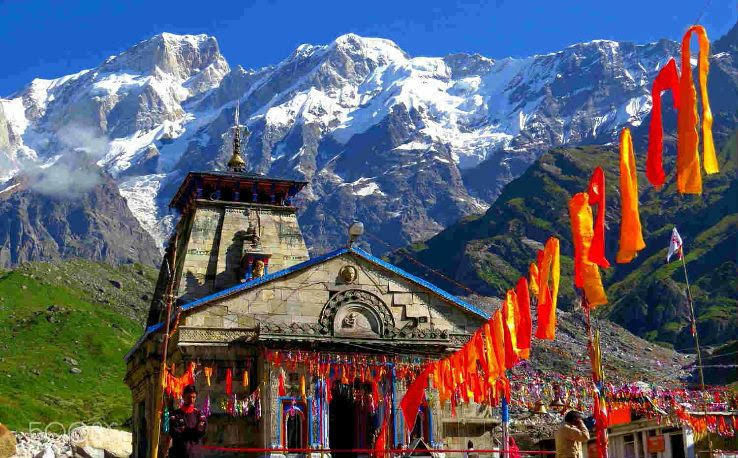

Perched on an elevation of 3,583 metres above sea level and placed on the lap of the Garhwal Himalayan ranges. The entire valley of SHRI KEDARNATH JI is completely drenched in a feeling of historical relevance and deep unmatched spiritually owing to its magnificent and colourful historical and mythological accounts like (HINDU MYTHILOGY OF KEDARNATH)
HINDU MYTHILOGY OF KEDARNATH:-
One of the most important stories about the creation of kedarnath dham tells a story about how the Pandava brothers had made their way here in search of Shivji. The story starts from the time when the Pandava brothers had won the Mahabharat war by killing all their kin and committed a horrible sin. According to the advice from their chief saint and philosopher the Pandava siblings were advised on going to the Himalayas on a lookout for the lord. They made this pilgrimage via Haridwar and searching for the lord they made their way to Guptkashi where the lord had himself in the form of a bull however, Bheem recognized him and at that very moment this bull started to sink inside. Bheem then went ahead and grabbed the bull by its tail and in this tug of war the face of this bull emerged in Nepal with its rear end in Kedar. When this happened a jyotirlinga was established and the Pandavas were graced by the presence of the lord himself. The Pandavas then asked for forgiveness and they were also granted the same. The lord told them that he would now reside inside the triangular shaped lingam. Ever since then the devotees make their way to the temple in search of piety.
BURRIED IN SNOW FOR 400 YEARS:-
Although the exact date of construction of the temple of Kedarnath is still a mystery, scientists have always been interesting in digging out secrets which is held in this pristine temple. A research team from Dehradun went ahead to perform some research on the temple walls that would give them clue about the temple’s exact age. The results were shocking! It was discovered that the main temple of Kedarnath was buried inside a thick covering of snow for 400 years. This result was postulated by performing various tests on the outer walls of the temple which shown yellowish lines and upon further research it was shown that these lines were a result of a mini ice age where the entire region of Rudraprayag was completely covered in a massive covering of ice. It is astonishing that even after this ice age period the temple was completely fine and not a single crack was seen. It is clearly understood that whoever is responsible for making this temple structure had kept in mind the harsh weather conditions in this area and had prepared the temple accordingly so that it survives even the harshest of the climates.
According to Hindu mythology, during the Mahabharatha war, the Pandavas killed their relatives; in order to absolve themselves of this sin, the Pandavas undertook a pilgrimage. But Lord Vishweshwara was away in Kailasa in the Himalayas. On learning this, the Pandavas left Kashi. They reached the Himalayas via Hardwar. They saw Lord Shankara from a distance. But Lord Shankara hid from them. Then Dharmaraj said: “Oh, Lord, You have hidden yourself from our sight because we have sinned. But, we will seek You out somehow. Only after we take your Darshan would our sins be washed away. This place, where You have hidden Yourself will be known as Guptkashi and become a famous shrine.” From Guptakashi (Rudraprayag), the Pandavas went ahead till they reached Gaurikund in the Himalayas valleys. They wandered there in search of Lord Shankara. While doing so Nakul and Sahadev found a he-buffalo which was unique to look at. Then Bheema went after the buffalo with his mace. The buffalo was clever and Bheema could not catch it. But Bheema managed to hit the buffalo with his mace. The buffalo had its face hidden in a crevice-in the earth. Bheema started to pull it by its tail. In this tug-of war, the face of the buffalo went straight to Nepal, leaving its hind part in Kedar. The face of the buffalo is Doleshwar Mahadev located in Sipatol, Bhaktapur, On this hind part of Mahesha, a JyotirLinga appeared and Lord Shankara appeared from this light. By getting a Darshan of Lord Shankar, the pandavas were absolved of their sins. The Lord told the Pandavas, “From now on, I will remain here as a triangular shaped JyotirLinga. By taking a Darshan of Kedarnath, devotees would attain piety”. A traingular shaped rock is worshipped in Garbhagruha of the temple. Surrounding Kedarnath, there are many symbols of the Pandavas. Raja Pandu died at Pandukeshwar. The tribals here perform a dance called “Pandav Nritya”. The mountain top where the Pandavas went to Swarga, is known as “Swargarohini”, which is located off Badrinath. When Darmaraja was leaving for Swarga, one of his fingers fell on the earth. At that place, Dharmaraj installed a Shiva Linga, which is the size of the thumb. To gain Mashisharupa, Shankara and Bheema fought with maces. Bheema was struck with remorse. He started to massage Lord Shankara’s body with ghee. In memory of this event, even today, this triangular Shiva JyotirLinga is massaged with ghee. Water and Bel leaves are used for worship. When Nar-Narayan went to Badrika village and started the worship of Parthiva, Shiva appeared before them. Nar-narayan wished that for the welfare of the humanity, Shiva should remain there in his original form. Granting their wish, in the snow-clad Himalayas, in a place called Kedar, Mahesha himself stayed there as a Jyoti. Here, He is known as Kedareshwara.
Well, it is all about the thing which we faced in 2013, but the mythological thing says that ‘if you are not compatible with the idea of others then you are going to do really very bad thing which can harm you a lot’
INSIDE THE TEMPLE:
The first hall inside the temple contains statues of the five Pandava brothers, Lord Krishna, Nandi, the vehicle of Shiva and Virabhadra, one of the guards of Shiva. Statue of Draupadi and other deities are also installed in the main hall. A medium sized conical rough stone formation is worshipped in the Garbagruha of Kedarnath temple and considered as Sadashiva form of Lord Shiva. An unusual feature of the temple is the head of a man carved in the triangular stone fascia of the temple. Such a head is seen carved in another temple nearby constructed on the site where the marriage of Shiva and Parvati was held. Adi Shankar was believed to have revived this temple, along with Badrinath and other temples of Uttarakhand and he is believed to have attained mahasamadhi at Kedaranath. Behind the temple is the samadhi mandir of Adi Shankar.
To Be Continue......





